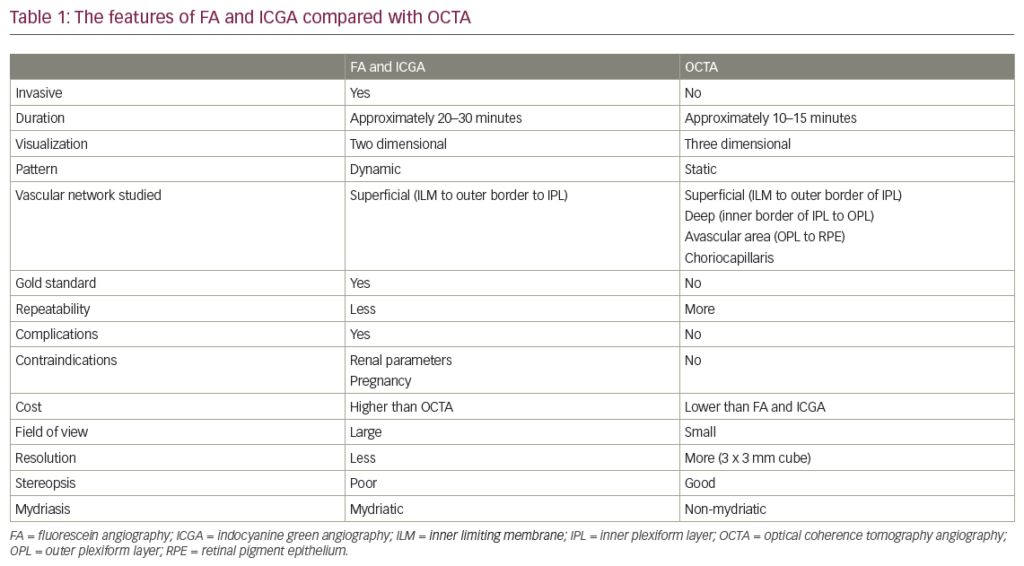Canon technology is utilised to increase workflow efficiency and patient throughput and reduce toxic waste during conventional photo development methods.
Centred on the fascination of the spectrum of light, optics and digital sensor technology, Canon has developed a range of imaging products for healthcare specialists who require high quality images in digital radiography.
Canon reinvented radiology in 2001 with the development of its unique flat-panel detectors (FPDs). The FPDs radically changed the way in which the medical world works.
Canon technology is utilised to increase workflow efficiency and patient throughput and reduce toxic waste during conventional photo development methods.
Centred on the fascination of the spectrum of light, optics and digital sensor technology, Canon has developed a range of imaging products for healthcare specialists who require high quality images in digital radiography.
Canon reinvented radiology in 2001 with the development of its unique flat-panel detectors (FPDs). The FPDs radically changed the way in which the medical world works.
Eliminating the need for film development and imaging plates, which streamlines every step of the radiographic procedure, the results proved far greater efficiency – from instant image capture to advanced connectivity for remote viewing, printing and archiving.
CXDI-60G – Digital Image
Canon’s latest innovation in its award-winning CXDI series delivers unmatched digital image quality and portability in a new convenient size that will expand the capabilities of your radiology department. The compact unit offers easy handling and immediate imaging for a wide range of diagnostic exams and critical care settings, and is the ideal size for orthopaedic departments, mobile X-ray systems and more.
Portable Orthopaedic and Neonatal Flat-panel Detectors
Canon extends the range of exams that can be completed using DR technology with the new, ultra-portable CXDI–60G. It comfortably accommodates exams of the extremities, skull, cervical spine, shoulder and hip, and is highly effective for orthopaedics and neonatal care. The compact design makes it a practical solution for applications that are difficult to perform with fixed devices, and offers true portability and versatility for use at diverse patient locations.
It’s as easy to position, letting you capture images from virtually any position and angle, while providing efficiency and offering true portability and flexibility weighing only 5.9lbs (2.7kg). Less than one inch thick (22.5mm), the ultra-portable CXDI-60G offers easy handling for diverse applications, plus a patient-friendly design.
The ergonomic unit features rounded edges that allow it to easily slide under patients for easy bedside or wheelchair exams, and a compact form that fits right into neonatal incubator trays. It is robust, durable and water-resistant, with a detachable sensor cable that makes maintenance and installation easy.
CXDI Solutions for X-rays
An all-digital radiology department provides significant advantages in image resolution and speed compared with film- and cassette-based systems. With DR technology, X-ray images are displayed on the workstation monitor just moments after capture, so the technologist knows immediately whether correct positioning has been achieved.
Images are then sent directly into a picture archiving and communication system (PACS) printers and other viewing workstations. The superior speed and workflow efficiency of DR means less waiting time for patients and higher patient throughput with fewer burdens on staff.
Canon’s all-digital CXDI solutions are available for digital upgrades and brand new installations, and offer support for off-site diagnosis, room-to-room installations, mobile X-ray systems and more.












